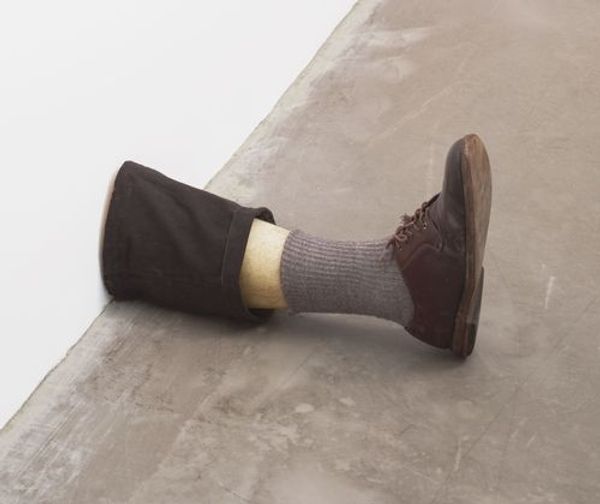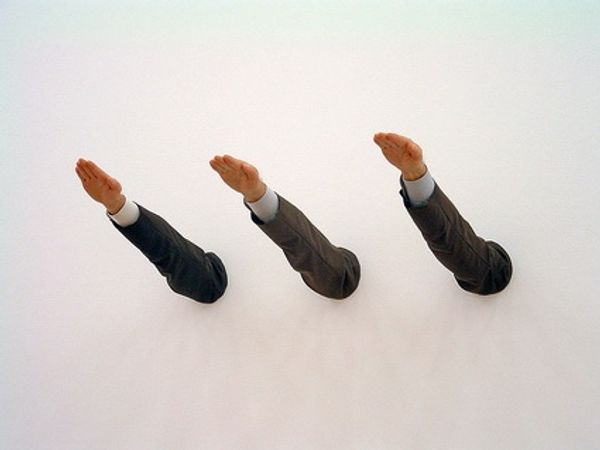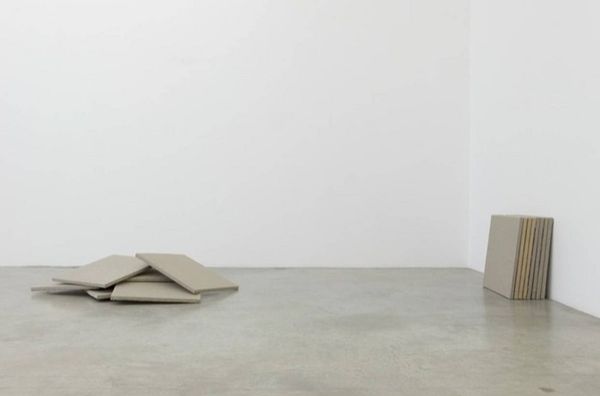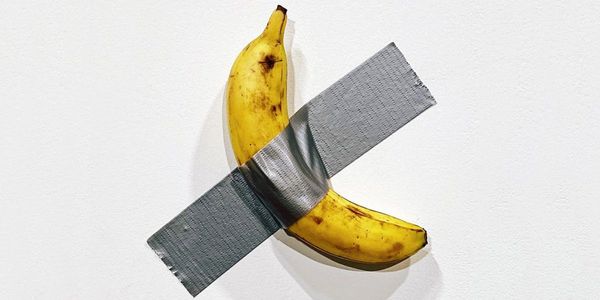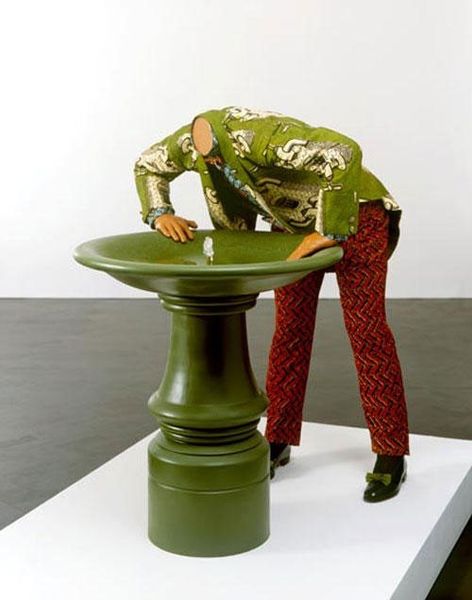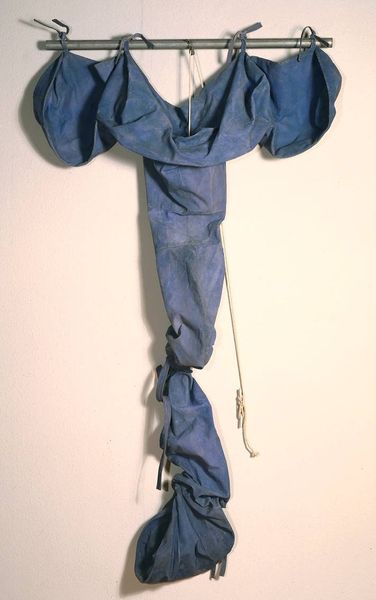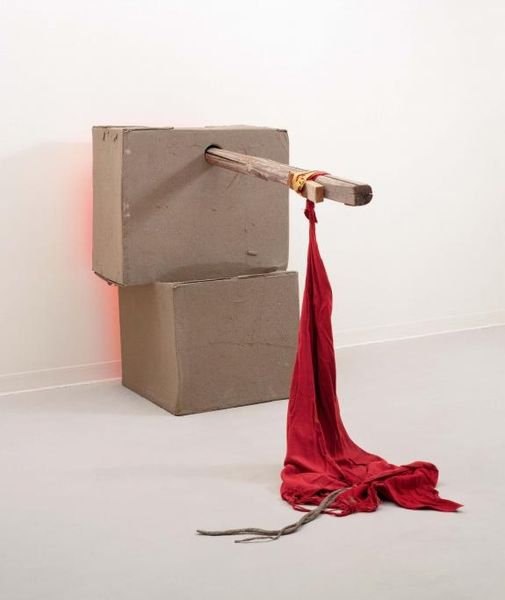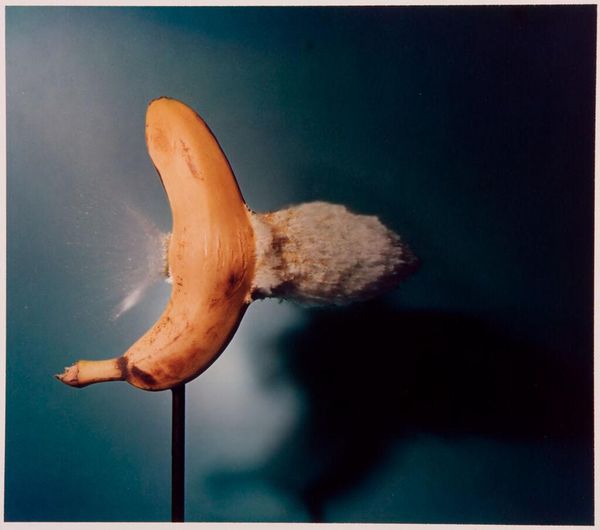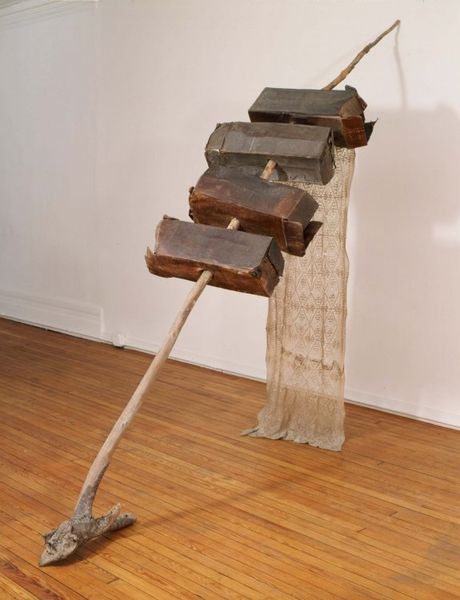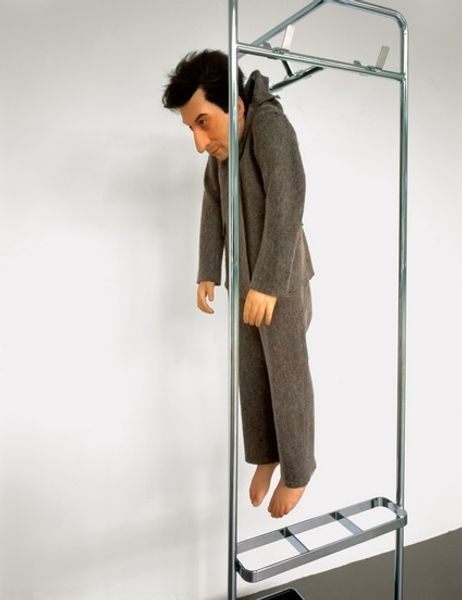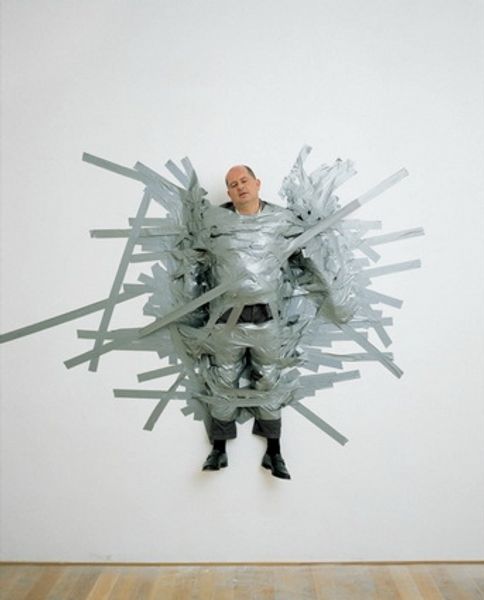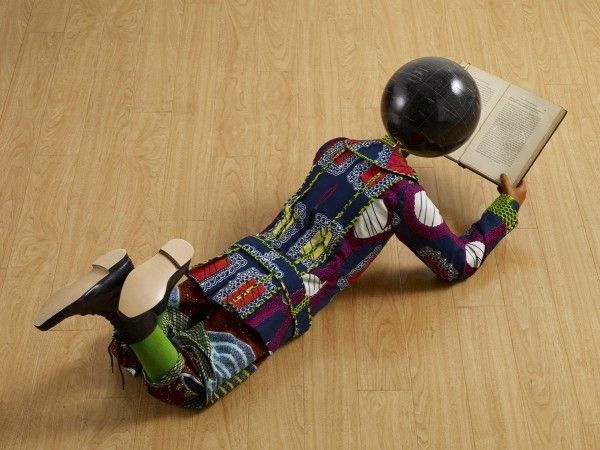
mixed-media, found-object, sculpture, installation-art
#
mixed-media
#
contemporary
#
conceptual-art
#
minimalism
#
found-object
#
figuration
#
body-art
#
momento-mori
#
sculpture
#
installation-art
#
abject-art
Copyright: Robert Gober,Fair Use
Curator: This is Robert Gober's Untitled, dating from 1991. As you can see, it’s a mixed-media installation piece currently housed here at the Whitney. Editor: It’s startling, honestly. My initial reaction is unease. A solitary, disembodied leg emerging from the wall—almost too realistic. The wax candle sticking out just adds to the unsettling nature of it all. Curator: Indeed, Gober is well-known for taking familiar objects and twisting them into something quite strange. There’s the unsettling realism of the leg, crafted with painstaking detail and inserted into a gallery wall. But Gober’s interventions ask us to examine the institutional and cultural values attributed to it by the art market. How do we classify an object such as this? Editor: Right, the abject is certainly present here. I'm interested in the psychoanalytic dimension. The work conjures feelings of vulnerability and fragmentation—questioning the stability of the body, especially regarding masculinity, perhaps. The solitary candle reads like a momento mori. It's such an loaded object. Curator: Absolutely. And context is key. Gober's work emerges during the AIDS crisis. His installations often serve as allegories for loss, trauma, and the precariousness of the body. Consider this placement, for example. Is the gallery itself implicated within the meaning of loss? Editor: I agree; it makes the gallery space into something like a mortuary or sick room. Thinking about Gober in relation to queer theory, this fragmented body is incredibly evocative. The leg almost becomes a signifier for all bodies that are rendered abject by political forces. The gallery almost entombs these. Curator: And in forcing a dialogue between the sculpture and architecture, Gober also pushes viewers to be cognizant of their presence and movement in gallery spaces. The architecture becomes a part of the viewers emotional and lived experience. Editor: It certainly succeeds at that! Thinking through Gober’s work like this definitely gives me a new framework for interpreting installation art and its socio-political stakes. Curator: Indeed. Reflecting on how art is always involved in a discourse with contemporary history always leaves me contemplating the artist's influence.
Comments
No comments
Be the first to comment and join the conversation on the ultimate creative platform.
